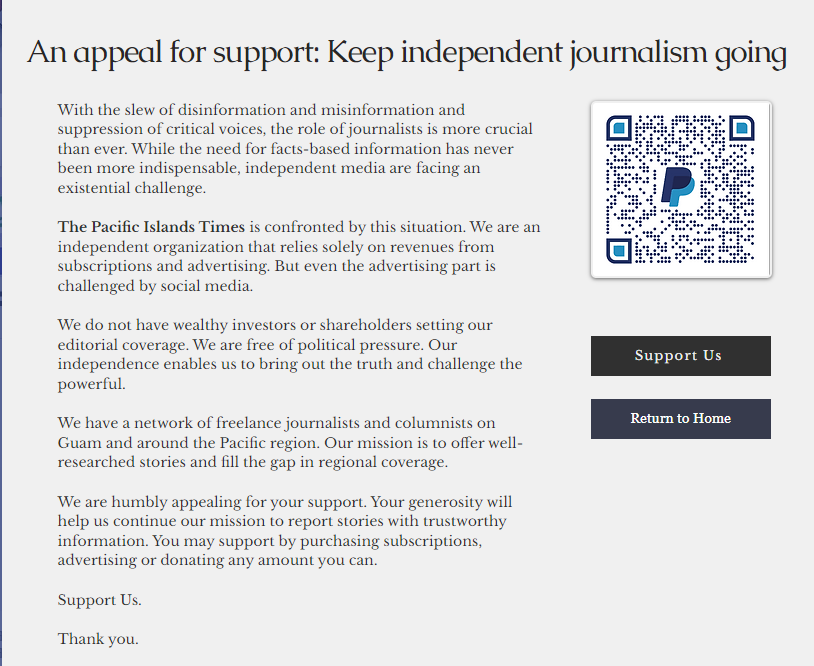

Manila– A work-related trip recently brought me to Subic Naval Facility, the site of one of the two former U.S. military bases in the Philippines and the largest military installation that the U.S. has ever operated overseas. The other former military base was Clark Air Force Base, which is now the Clark Freeport Zone.
In like fashion, the former Subic naval base is now called the Subic Bay Freeport Zone. I had been there two times before, first in 1988 and again in 1991. Each time, I witnessed a different scene that characterized an era and represented a juncture in history.
I was then a newbie reporter covering stories about abused female sex workers, one of the ugly sides of the Philippines hosting the U.S. troops.
During the day, the sea and the roads were as sad as the empty bars and restaurants, in stark contrast to the raunchy nightlife of Olongapo City that covers part of the area. Olongapo and the freeport area of Subic are both in Zambales province, 140 km. from Manila.
This also includes the towns of Morong and Hermosa in Bataan province 128 km. from Manila. The redlight district Olongapo was called “sin city” at that time. Olongapo’s tamer version was Angeles City, in Pampanga province, 64 km. northwest of Manila, which covered the former Clark Air Force Base.
On the colorful side, my memories of the place include the flashy cars and goods that came from the U.S., melding with the equally tawdry jeepneys and trikes that plied the roads lined with nightclubs, restaurants, joints and establishments locally known as “girlie bars.”
The place was a bizarre montage of the struggles of Filipinos doing odd jobs— including prostitution— to escape poverty and the Americans’ wanton display of wealth and power.
After the Philippine Senate rejected the extension of the Philippines-U.S. base treaty in 1991, Mt. Pinatubo volcano in Zambales erupted, prompting the hasty departure of the U.S. troops from the two military installations.

But the U.S. presence in the Philippines has never remained in the vestiges of the past. While trying a makeover as an economic and tourist-friendly zone, and with the nightclubs still trying to look alive, the place still marks the friendship between the two allies since the mid-1940s after World War II.
A few years after the U.S. forces pulled out, the Philippines saw China occupy Mischief Reef that is part of the disputed Spratly Islands near Palawan, and continue to put up structures in other coral banks starting in the mid-1990s.
The Philippines, faced with another global power, turned to the U.S. for support. In the late 1990s, both countries signed the Visiting Force Agreement that allows the deployment of U.S. forces in joint military exercises with their Filipino counterparts.
Many other mutual agreements and pacts later, U.S. navy ships began docking again at Subic Bay. This is evident in the sad seafront striving to look busy again.
I guess the Philippines-U.S. friendship was bound by the combination of the country’s strategic location, the history of colonization and the ease of communication. (Besides Filipino, English is an official language of the Philippines.) A semblance of cultural connection lies in the Filipinos’ keenness to Hollywood despite the rise of K-pop and K-dramas and other breakout pop cultures.
Filipinos are interested in what is happening in the U.S., as is the rest of the world.
I can’t wait to see what the scene will look like on my next trip down the U.S. memory lane.
Diana G. Mendoza is a longtime journalist based in Manila. Send feedback to soltera2040@gmail.com.
Subscribe to
our digital
monthly edition





Comments